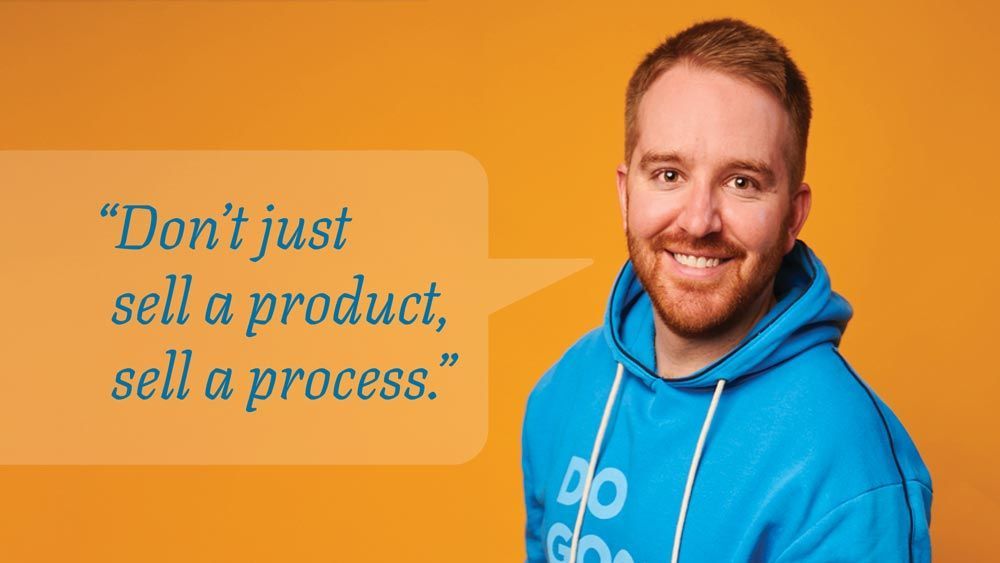Trust, Your Brand, and Culture
At its most meaningful, one can assert that the sole purpose of marketing and communications is to nurture trust.
Transparency is cited as a key factor in building trust. Declaring transparency as an operating practice or value makes for good accountability, because as soon as your organizational character or culture shifts away from trust, your customers and stakeholders will hold you accountable.
Trust is earned when your audience experiences alignment between the culture, character, and voice of your organization. When your organization pursues trustworthiness as a core principle, your mission is validated as the trust relationship between your organization, customers, and stakeholders is strengthened.
But what happens when trust is broken or has eroded over many years?
Let’s use government as an example: Government officials acknowledge that trust is at an all-time low. Government leaders must rebuild the trust and confidence of residents and voters.
The challenge with trust is that it cannot be bought, coerced, or forced: it must be earned. Trust can’t be talked about, it must be demonstrated — and over many years, trust in government has completely eroded — and people have a long memory.
The perception of citizens in city, county, and the federal government is a lack of transparency compounded by ineffective communication from the government. The lack of transparency and ineffective communication manifests itself in the perception that there is a complete lack of leadership.
How do open communications nurture trust?
Let’s explore this question with a question: Have you ever voted on a tax issue? Have you ever had your taxes raised after voting “no?”
When this occurred in Ohio, voters observed that a county commissioner’s decision to change her mind on imposing a sales tax demonstrates a leadership choice, right or wrong.
When other commissioners maintain their decision not to support a tax increase, it also demonstrates a leadership position, right or wrong.
But what went wrong?
In either case, little effort was made to communicate with and persuade voters that a sales tax increase is in their best interest and would create a better future for what they care about.
There is strong evidence that voters will give extra money to the government under the right circumstances. Without a clear idea of how the money is used—where it will go, how it will benefit what they care about, or what impact it will have—people are less likely to vote yes, make donations, or buying decisions.
In fact, the motivation for charitable donations and willingness to raise taxes are very similar. Through Glass Pockets, the philanthropic sector is far ahead of the business and government sectors, with a strong movement toward complete transparency on how money is spent and where it goes. Open The Books (an independent resource) and Ohio’s Open Checkbook are notable exceptions.
Paying taxes isn’t the issue. Trust is the issue. A tax levy is a vote for trust, proof of action, and guarantee of stewardship. Paying taxes is proof of the exchange of trust (although it can be argued that it’s forced or coerced— so how can you change public perception?).
People are desperate for effective and decisive government and business leadership that is transparent and acts in the best interests of the community.
Over time, decisions are made by our government that create the perception that government officials act only in their best interests. It doesn’t matter what the intent is — perception is the reality.
Join the movement of business leaders who make gratitude part of their brand story
Be a Giver, not a Taker
Businesses that place value on profit over purpose, prosperity, and stewardship risk eroding trust with buyers who align their buying decisions with their values. Buyers want to think of the companies they buy from and brands they support as givers, not takers.
Your organization’s “brand” is fully controlled and perceived in the minds of your customers and constituents.
That’s why you must remember when it comes to engaging your customers and raving fans, everybody brands.
It is possible to begin to change perceptions, but it requires an intentional change in the purpose, character, culture, and voice of your organization. If trust is eroded or broken, with clear communication and consistency in organizational practices, it can be nurtured — but it will require cultural change and a leadership commitment.
Clarity — the principle of clear communication and focused vision — can only be achieved when an organization makes its communications choices from a mission-driven perspective. Its purpose, culture, character, and voice must be unified.
One thing will never change: Trust must be earned. It cannot be bought or created. Nurture a culture of trust, and your organization’s character is revealed.
Do you have a hard time explaining what your company does or why your brand matters to people?
If you struggle to grow your business, you’re not alone. Aespire can help you create a clear message and brand that helps you grow your business. Contact us today for a consultation with a StoryBrand Certified Marketing Guide.
Get a Free Comprehensive Marketing Assessment
Stop hoping your marketing will sort itself out.
- Complete this free assessment in 15 minutes.
- Review your custom report (and schedule a 30-minute review) to diagnose what’s happening.
- Create an action plan to get your marketing back on track.








